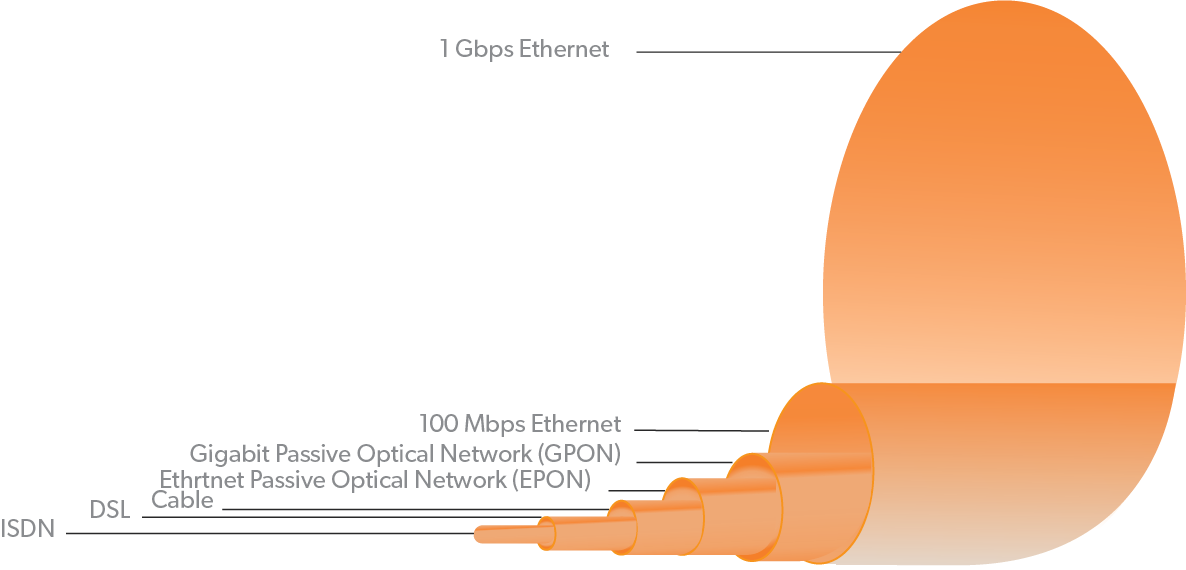What is bandwidth in cables?
Bandwidth for cables refers to the range of frequencies used for the transfer of information through data cables. The broader the bandwidth the more data that can be carried.

Bandwidth in cables is applicable to data cables, looking at radio and audio frequencies and how much data can be transferred at any one time. It is measured in cycles per second or frequency per unit of time - quantified in Hertz (Hz). You will see the abbreviation MHz below, which stands for Megahertz - 1 Megahertz is the equivalent of 1 million Hertz.
Cables for data are classified as follows:
Category (CAT) 3 cable = up to 16Mhz
Category 4 cable = Up to 20Mhz
Category 5 cable = up to 100Mhz
Category 6 Cable = up to 250mHz
Category 7 cable = up to 600MHz
People also ask
As the term suggests with its anatomical name, the backbone forms the major core of network from which other elements can then branch off from...
Ethernet LAN technology defines the number of conductors that are required for a connection, the performance thresholds that can be expected, and provides the framework for data transmission...
Transferring data uses the same principle as conducting electricity along a length of metal. Any data you send over a cable is converted into binary code – a collection of 1s and 0s. The device transmitting the data will send current along the cable at two different voltages (for instance, 0V and 5V), with one voltage representing 1s and the other 0s.
Cable Portfolio
View our comprehensive range of power, data, control and instrumentation cables and accessories
Go